Spanish omelette with mushrooms and garlic bread
Monday, July 31, 2017
Today, I would like to show you the recipe of "Spanish omelette with mushrooms and garlic bread", by the spanish Chef Karlos Arguiñano.
This recipe is designed for 4 people. And the Ingredients are: 8 eggs. 250 grams of rolled mushrooms. 4 artichokes. 20 fresh garlic. 1 loaf of bread. 3 or 4 cloves of garlic. Extra virgin olive oil. Salt and Parsley.
And to elaborate these ingredients, you have to follow the following steps:
First, you have to thoroughly clean the artichokes and cut them into small dices. Then chop the garlic, in cylinders, and put the vegetables to be poached, in a saucepan, with a good stream of oil. Then add the mushrooms. Pour salt and stir fry everything.
Beat the eggs, in a large bowl, add salt, add the vegetables and cook the omelette, in a pan, with a small stream of very hot oil. And book the result.
Now, skin and chop the garlic cloves; put them in the mortar, along with a good handful of chopped parsley. Mash it well and add a good stream of oil.
Make a few cuts on the bread, as if they were 2 centimeter slices, but not reaching the bottom. Insert a little of the slice, into each cut. Put the bread on a baking sheet, moistened, and spread it, with the rest of the mashed. Wrap, with the paper of oven, and bake at 170 º Centigrades, during 20 or 25 minutes. Now, remove the paper of oven. Then, serve the omelette, accompanied by the garlic bread and garnish with a twig of parsley.
And this must be the result:
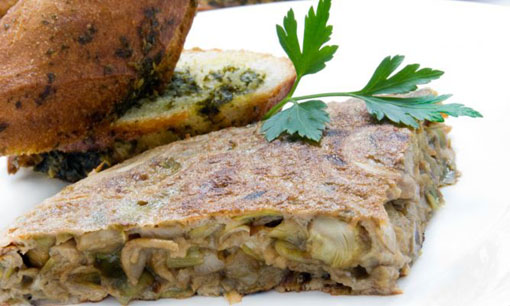
Well, I hope that you have liked the recipe and hope that you want to try to cook it. If you do it, please tell me as soon as possible.
Until my next post, kind regards,
Luis.
Sponsored by Costaluz Lawyers.
Please click below:

 1
Like
Published at 9:21 AM Comments (0)
1
Like
Published at 9:21 AM Comments (0)
The decline of telephone boxes in Spain
Wednesday, July 26, 2017
A few days ago, I saw on TV a news story about telephone boxes, in Spain.
In 1928, the first telephone box was installed, in Spain. It was in Viana Park, in the Parque del Retiro (Madrid), and it worked with chips. In the sixties, concretely in 1966, the telephone boxes, with chips, started to work in streets.
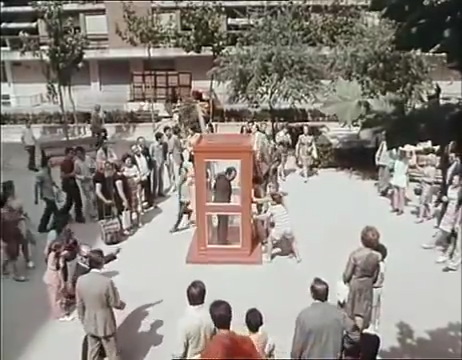
The first telephone box in the Park of El Retiro in Madrid
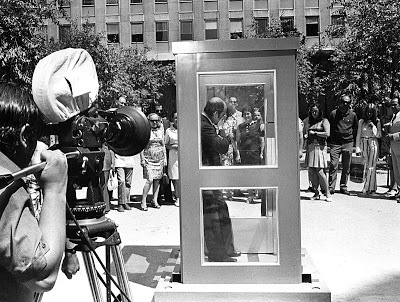
The same telephone box close up (The filming of "La cabina")
By the way of this type of public telephone, in 1972, Antonio Mercero directed the film "La Cabina" (“The telephone box”), with Jose Luis Lopez Vazquez as protagonist --who did a great work--. He incarnates a man, who is locked, in the telephone box, and taken in a truck, to a warehouse, where there were many telephone boxes, with many other men inside, who have already died.
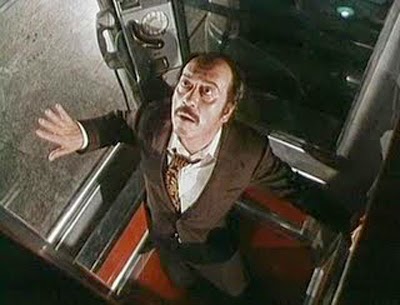
Jose Luis Lopez Vazquez in the film La cabina
That type of telephone box worked with chips, until 1966:

Telephone working with chips

Chips for telephone
What, in its moment, became a revolution, in communications, today is only a redoubt of the past, an artefact that moves us to the twentieth century and has become, for many, an object of vandalism and a hindrance to the use of public land, by city councils.
In Spain, they resist 18,300 telephone booths, in operation. A figure that is far from the 55,000 that came to serve users, in 1999, according to data offered by Telefónica. During these almost two decades, the service of booths has been diminishing, at the rate of 5,000 per year. Although everything indicates that this benefit has the days counted, we will still have to wait to see how the last booth, in Spain, is removed. According to Telefónica, "although the concession obtained for five years, from Telefónica Telecomunicaciones Públicas (TTP), has finished in 2016, the Royal Decree obliging the State to maintain this service is still in force and, therefore, the booths will continue". Not in vain, the Ministry of Energy, Tourism and Digital Agenda published, a few weeks ago, a new tender, for a provision, requiring a telephone for every 3,000 inhabitants, in medium and large populations and, at least, one booth, in the nucleus of less than 1,000 inhabitants, although with exceptions for the latter case. And that despite the fact that a few months ago, the National Commission on Markets and Competition (CNMC), aware of the problem, sent a report to that Ministry, in which it advised the review of the convenience of keeping the booths, within the obligations of the Universal service of telecommunications which, in practice, entailed requesting its withdrawal.
Therefore, It would be necessary, that the Government, within its digital agenda, modified the regualation, in order to exclude booths from urban land. Until this change takes place, the little bit more than 18,000 booths will continue to provide a service, that is no longer profitable.
When Telefónica (the Spanish company, owner of the telephone boxes) took the telephone boxes of the 60s and 70s off streets, it started to place the new telephone boxes with doors. Later, there were some telephone boxes without doors. And those telephones worked with coins and cards.
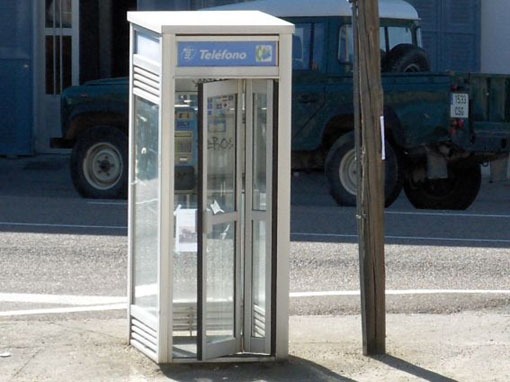
A last telephone box with doors
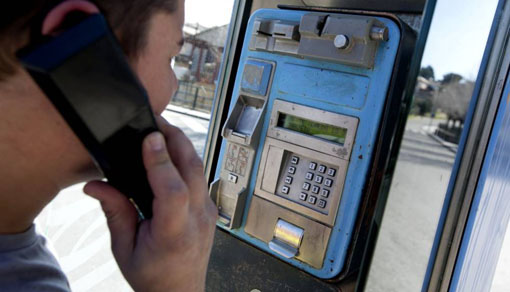
The telephone working with coins and card
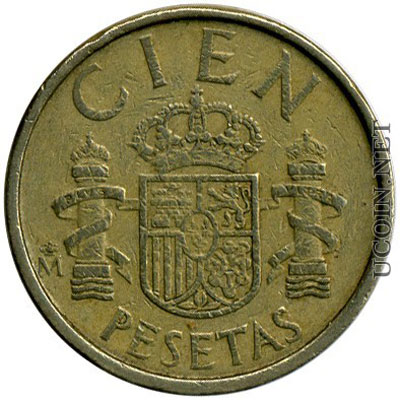
One hundred pesetas
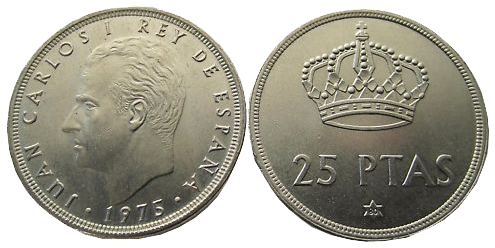
Twenty five pesetas
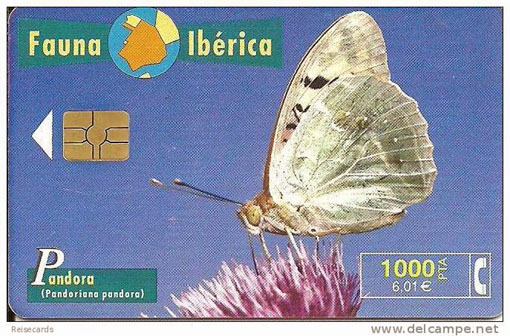
A card with one thousand pesetas for telephone box
Here you can compare the two model of telephone boxes:
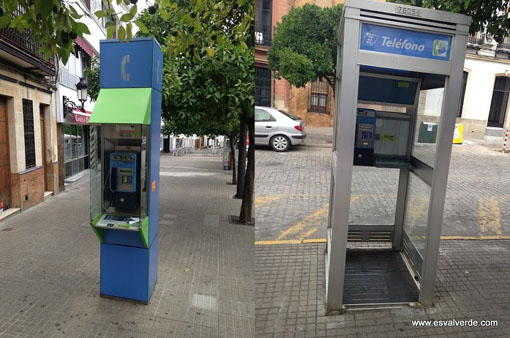
On the right, the old type of telephone box and on the left, the new one

The new open type of telephone box

The telephone
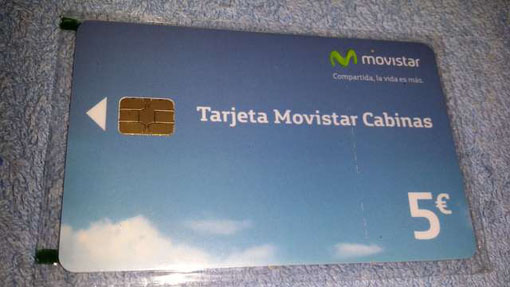
A card with 5 Euros for telephone box
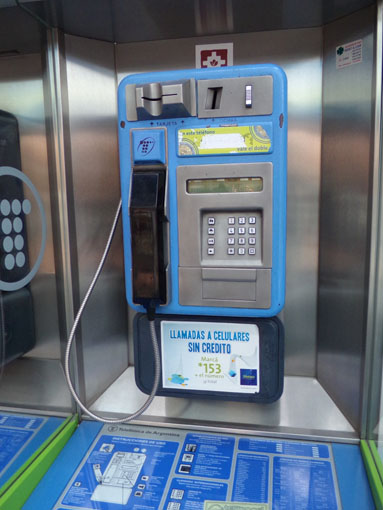
Another typo of telephone
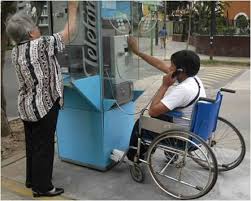
A special telephone box for disabled people
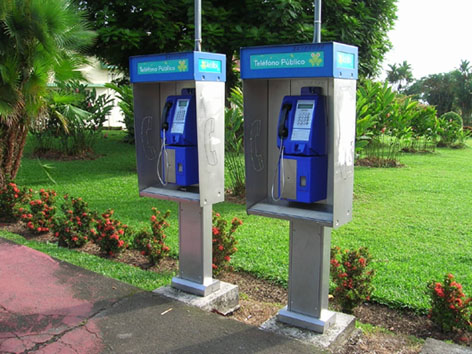
A different type of telephone box
The telephone booths tend to disappear, cause of due to the consolidation of mobile telephony in Spain. According to a survey, there are around 55 million mobile in Spain. The end of the telephone booths is planned for 2018.
Well, I hope that you have liked to know about this public service from the last century.
Until my next post, kind regards,
Luis.
Sponsored by Costaluz Lawyers.
Please click below:

 0
Like
Published at 12:17 PM Comments (2)
0
Like
Published at 12:17 PM Comments (2)
Some Spanish scientists apply a Virtual Reality glasses to correct motor injuries in patients
Monday, July 24, 2017
Today I would like to talk to you about a very important scientific discovery, to improve the health of people.
A pioneering rehabilitation technique, that uses glasses of Virtual Reality (VR), allows "to deceive the brain" and thus accelerate the recovery of patients, with motor injuries, to recover the movement, explained the doctor in neurocontrol motor Charo Ortín, in an interview with Efe.

The Virtual Reality glasses
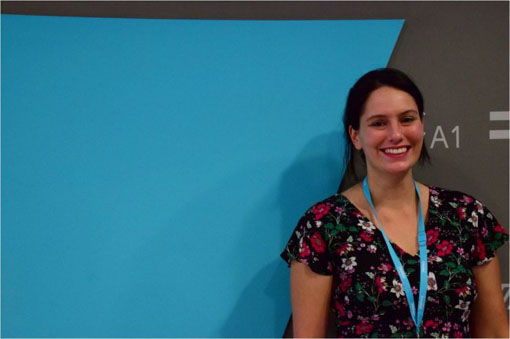
Dr. Charo Ortín
This method is based on neurovirtuality, the term with which the expert defines "the influence of VR, on the plastic mechanisms of neurons" and how she is able to convince it that what the patient's eyes are seeing is his own reality.
Ortín applies this technique, in the Madrid center FOREN (Training and Neurological Rehabilitation), where she claims to have treated "successfully" already to about forty patients, after three previous years of theoretical study.
During that period "I discovered the key role of mirror neurons, so-called because they mimic the movement or emotion of the person, in front of us" and an example whose operation is the "contagion" of yawning.
These neurons can also be applied to the rehabilitation of patients, through an RV training, that "tricks" the brain, so that the brain believes that the hand or foot move itself, according to its orders, thus avoiding negative plasticity.
A patient, who has been injured, "still knows how to move a hand or a foot, but his neural connections are weak" and therefore the mandate, that he sends to the brain, "does not obtain result, since the plasticity of the neurons, ie, their capacity to learn or unlearn something, has become negative", said this specialist.
The FOREN method works, in such a way that, when the patient tries to move his injured limb, he receives a response from his therapist --by electrostimulation, vibration or temperature--, while watching, through the glasses, a video, in which that limb really moves itself.
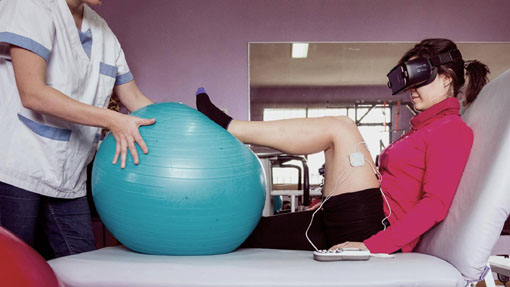

A patient (a young woman) in rehabilitation with the Virtual Reality glasses
Although it is not her own, her brain believes that it is thanks to "a perfect congruence and synchrony", through which the patient is convinced that she is who realises the movement. "This raises his motivation and joy" and contributes up to "90% of the treatment" to progressively improve the recovery.
With a daily training and thanks to a successful repetition, the nervous system relearn to move, reinforcing the connections between neurons and "plasticity becomes positive", summarises Ortín.
However, not all people can be subjected to this treatment because, according to this expert, it is necessary "imitation ability" --that is, their mirror neuron system is intact-- and "willingness to be deceived, because of deception of the brain is the basis of this technique".
Although each patient needs a different time to create "solid" junctions, in their neurons on a repetition basis, "we have done studies where we notice sensory, motor changes or in the plasticity of neurons, after working a month and a half, for four days at a week".
Ortín and her team are currently exploring the application of such treatments, in other diseases, such as autism or senile dementia, for which they would also use increased reality. "It will be a very powerful project that, in the early stages of the disease, could alleviate much suffering and resources to the patient", she claimed.
In her opinion, RV technology is at a time of boom and "maximum revolution", so "it should shake hands with medicine and move forward together", because of the possibilities for development and learning are "enormous".
Ortín added that her challenge is "very lively" and "open" to all and what she needs mainly, at the moment, is funding, because "we need resources, to grow, and any help is little".
Well, I hope that you have liked this news.
Until my next post, kind regards,
Luis.
Sponsored by Costaluz Lawyers.
Please click below:

 0
Like
Published at 10:04 AM Comments (0)
0
Like
Published at 10:04 AM Comments (0)
A tradition of height in the north west of Spain
Thursday, July 20, 2017
I have, watched on TV, a very curious report of "The people on stilts" from Ánguiano and I would like to tell you about them.
The people on stilts, from Anguiano (La Rioja, north western Spain), act in honor of the Virgin of the Magdalena, with their traditional costumes; by a slope, eight boys descend turning on themselves. This tradition goes back to the seventeenth century (around 1603). The stilts were used, in the area of the high Oja –the river Oja--, to cross humid zones and in the snowy season, although it is unknown the reason for which it was incorporated to the dances of veneration to Santa Maria Magdalena.

Anguiano

People on stilts
Above all, they are very curious their parties, in which some dancers, dressed in petticoats and shoes with stilts, go down turning by steep slopes, at a vertiginous speed.
After a mass, they accompany the image of the Virgin of La Magdalena, in its procession, along with music of two flageolets and a small drum.

The Virgin in procession
They begin in the Plaza de la Obra, in front of the church of San Andrés, in front of the image of the virgin with the dance, called "The Acute".

The dance "The Acute" at the Obra Square

The Virgin of La Magdalena
Later they go down individually turning the seven steps between the square and the High Street, heading towards the Narrow slope of 58 meters called "Cuesta de los Danzadores", of which will descend 40 meters with a slope of almost 20%. By it, they will go one by one, turning as they play the castanets until the square, where people are, called "the mattress", which slows its fall. While others are descending, they go up the hill again until they meet the musicians, who descend slowly and will be thrown again until the musicians reach the town hall square.

Going down the seven steps

One man on stilts going down the slope so quickly

One man on stilt turning by himself

Another man on stilt turning by himself

One man on stilt playing castanets

The people on stilts runing down the named "Cuesta de los Danzadores"
The streets, by where the people on stilt go down, are stone paved, in order that they do not slip.

A stone paved
Once there without stilts, skirts and castanets, a dance with hazel sticks, called "los troqueaos", is performed.

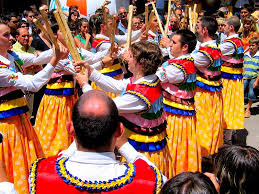
The people on stilts also go through the bridges, that are near Anguiano, over the river Oja.

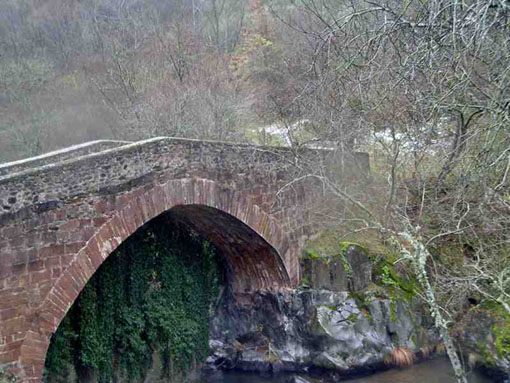
Two bridges over the river Oja
Well, I hope that you have liked this article.
Until my next post, kind regards,
Luis.
Sponsored by Costaluz Lawyers.
Please click below:

 0
Like
Published at 10:34 AM Comments (0)
0
Like
Published at 10:34 AM Comments (0)
Spanish researchers improve the treatment of Cardiac Hypertrophy
Monday, July 17, 2017
Today I would like to talk to you of an important news: "Spanish researchers discover an enzyme that favors cardiac hypertrophy".
Scientists at the Center for Biomedical Research in the Network of Cardiovascular Diseases (Cibercv) have found that the enzyme 'lysyl oxidase' alters diastolic function, in a way dependent on the age of the patient and also contributes to cardiac hypertrophy, induced by pressure overload.

Lysyl oxidase enzyme
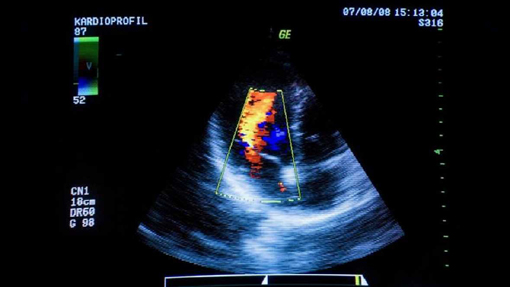
Diagnostic cardiac test
In this study, published in the journal “Faseb J”, it is evident that the pharmacological control of the activity of this enzyme could be beneficial, in the treatment of heart failure and hypertrophy, a serious public health problem and one of the main causes of hospitalization, in developed countries.
In a news release, Cibercv researchers said that the enzyme 'lysyl oxidase' controls matrix remodeling, a key process underlying cardiovascular diseases and heart failure; however, “the lack of adequate animal models has limited the knowledge, until the present time, regarding the contribution of this enzyme, in the cardiac dysfunction ".
In the study they have evaluated its impact, on ventricular function and cardiac hypertrophy, in a transgenic mouse model, with a strong cardiac expression of this enzyme of human origin, evidencing the relation of the enzyme, with the alteration of the diastolic function, aggravating also the hypertrophy and cardiac dysfunction, induced by angiotensin II.
"In this regard, the researchers claim that “Our findings definitely suggest that the enzyme 'lysyl oxidase' induces a change in age-dependent diastolic function and aggravates hypertrophy, which gives us new insights into its role in Cardiac output ".
Well, I hope that you have liked this news.
Until my next post, kind regards,
Luis.
Sponsored by Costaluz Lawyers.
Please click below:

 0
Like
Published at 11:11 AM Comments (0)
0
Like
Published at 11:11 AM Comments (0)
A complement to the fine post, "16 July: Dia de la Virgen del Carmen", a very important Fiesta in Spain, by Sandra
Sunday, July 16, 2017
Today, in the afternoon, is celebrated the Day of the Virgin of el Carmen (El Dia de la Virgen del Carmen), in many villages and cities of Spain --especially those which have a coast, because this Virgin is the Patron of the sailors--.
I would like to show you some pictures, about the procession, in three places.
Torremolinos (Malaga) is a famous place, because the navals (soldier seamen) take the Virgin over the sea, on the famous beach of La Carihuela. Here you have some pictures.

The Virgin of El Carmen going out of its church
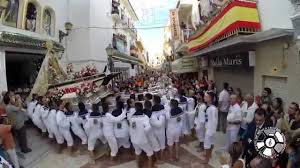
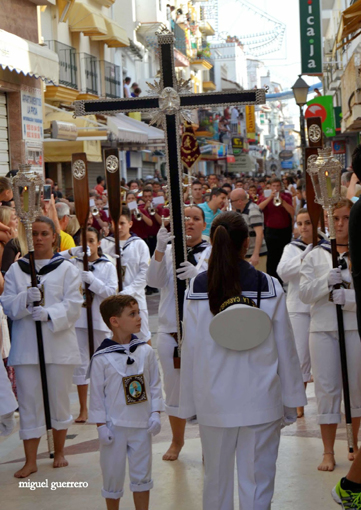
Procession through the streets of Torremolinos
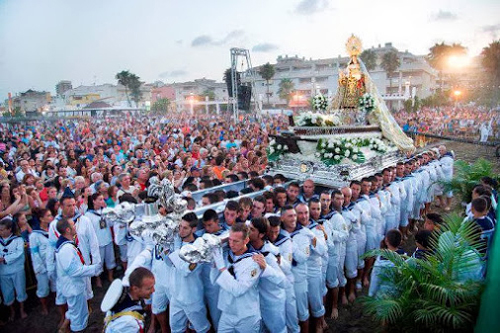
The arrival of the Virgin to the beach of La Carihuela

The Virgin close to the seashore

The Virgin entering the sea
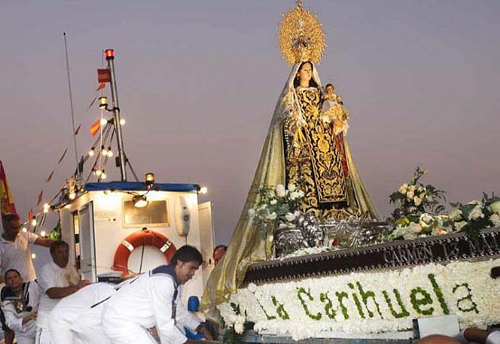
The Virgin in a small boat
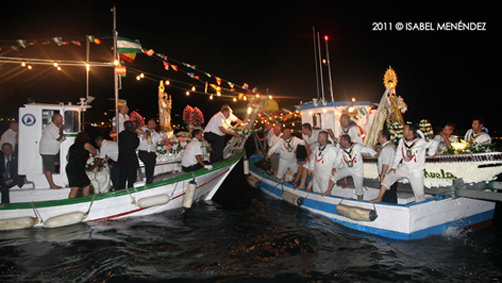
Meeting among the Virgin from Estepona and the Virgin from La Carihuela

The Virging coming back to the beach
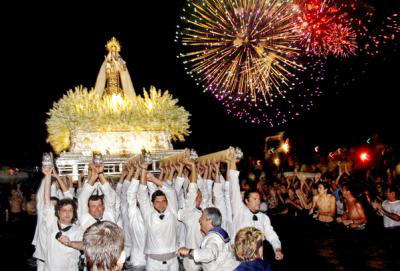
The navals are raising the Virgin
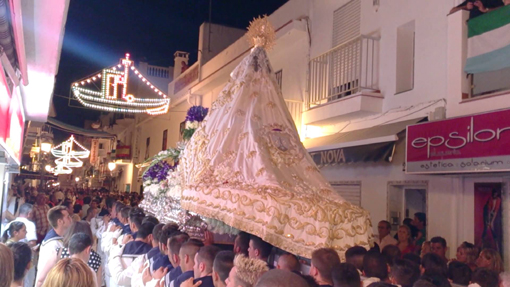
The Virgin going back to its church
Algeciras (Cadiz) –where I live— has the tradition on taking the Virgin, by some fishing seamen, through the city to the port, in order to take the Virgin for a walk, in a big berge, through the Bay.

The Virgin going out of its church

Some fishing seamen take the Virgin in procession through Algeciras
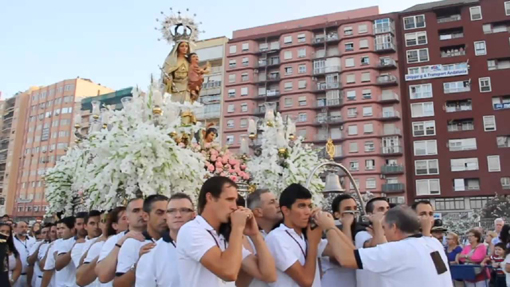
Fishing seamen in procession through the esplanade of Algeciras

The Virgin has boarded in a berge
And finally, Zahara de los Atunes (Cadiz) will celebrate this important Day --at least for us who are Catholics-- , taking the Virgin, from her church to the beach, where the fishing seamen take her to the seashore and they get in the water with shoes, until they leave the Virgin, in a small boat, in order that she goes for a walk, with more boats around her, in front of the village.
There, people tell that, when fishing seamen come back from the seashore, after picking the Virgin up from the boat, their shoes are not ruined --in spite of the saltwater--. It is really a mystery.......
Some years ago, I was there, on the beach, seeing the fishing seamen with the Virgin, and it was so exciting. I invite you to live that experience.
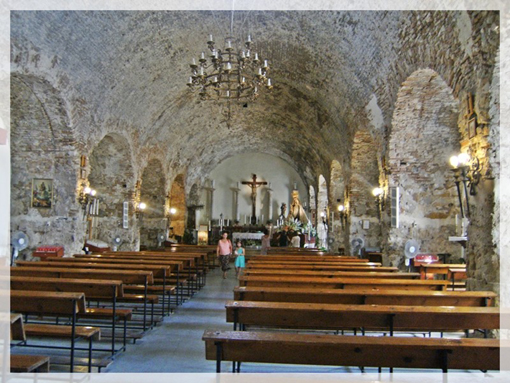
The church of Zahara

The Virgin of El Carmen
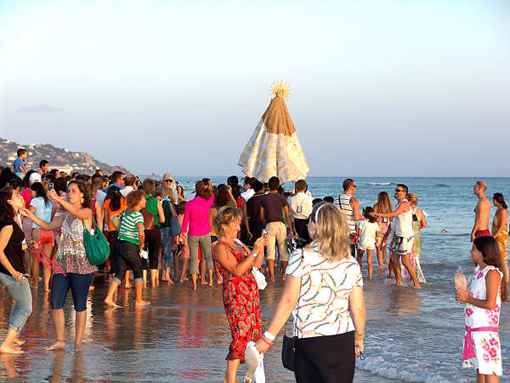
The Virgin on the beach
Well, I hope that you have liked this report and hope that you can go to anywhere of those places, as soon as possible.
Until my next post, kind regards,
Luis.
Sponsored by Costaluz Lawyers.
Please click below:

 0
Like
Published at 2:38 AM Comments (0)
0
Like
Published at 2:38 AM Comments (0)
Fresno de Torote: an abandoned village in the centre of Spain
Thursday, July 13, 2017
Today I would like to talk to you about an abandoned village, in the centre of Spain: Fresno de Torote. This village, with little more than 2000 inhabitants, belongs to the Community of Madrid, it is 15 km from Alcalá de Henares and 34 km from Madrid. It is concentrated, in the village of Serracines.

The territory is crossed by the river Torote.

The river Torote
Now, this village is half-abandoned; but formerly it had a lot of activity and depended on the small village of Serracines.

Serracines
If you want to go to Fresno de Torote, you must take the road M-113 (Km 16 to 22), which runs from north to south, from the village Daganzo de arriba.

Map of Fresno de Torote

The arrival to Fresno de Torote

Entrance to Fresno de Torote
The majority of the inhabitants of Fresno de Torote live in the small village of Serracines. And there they are: the City Hall, the Medical Center, the parish church, the Market, etc.
Fresno de Torote was founded by the first Marquis of Santillana, in the 15th century.

The first Marquis of Santillana
In the church of Nuestra Señora de la Asunción, appeared the remains of Juan Hurtado de Mendoza and Luján (second Lord of Fresno de Torote).

The sarcophagus of Juan Hurtado de Mendoza

The church of Nuestra Señora de la Asuncion from behind

This church stands out for its construction, in brick and stone masonry; the building dates from the end of the XVI century, following the canons of Mudejar architecture. It has been in restoration, for some years, the facade is very well finished and the interior is inaccessible to people.
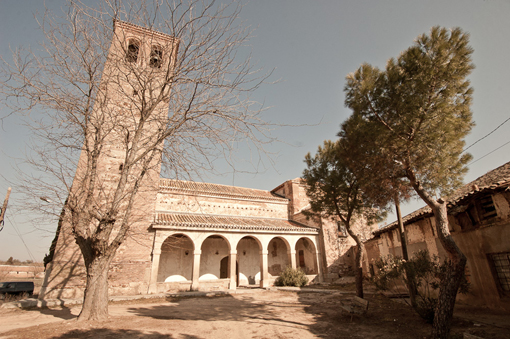


If you follow a few metres, you will find the main square of the village, on the right.

The main square and the fountain of Fresno de Torote

Until recently, the village has belonged to two families of the Aristocracy: the Marquises of Quirós and the Counts of Torrepalma. Therefore, Fresno de Torote was a village inhabited by the workers of these families, mainly beef farmers and farmers.


You can not walk through the roads around the village, because the village is surrounded by crop fields.

Private hunting grounds / Private rural property / Do not enter
On the outskirts of Fresno de Torote, stands the abandoned Hermitage of the Solitude, it was in a state of ruin, but was rebuilt recently, at least the façade; from the gate with bars, you can see its interior, but there is nothing, its altarpiece was moved.

Hermitage of the Solitude in front


A house in ruin
There are many houses in ruin, even though braced.


As a reminder of the past, there are still iron swings, in the centre of the village.

Another abandoned house:




Furniture "The factory"

The urban centre of Fresno de Torote is located, in a zone of special protection, for the birds (ZEPA), for that reason, many of these protected birds nest in the demolished houses and in the tower of the church of this village.

Area with special protection
If you can go the next three days (July, 15-16-17), you will see the presentation of the new Peugeot 2008, inside the village.
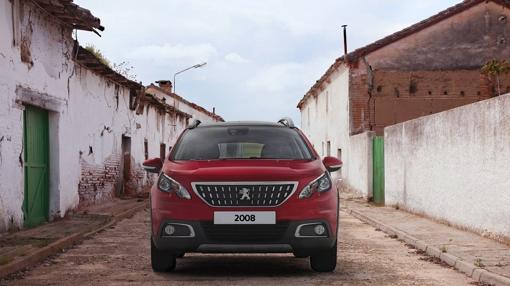
Peugeot 2008

The Peugeot 2008 on one circuit
There, you will see two circuits, starting from the estate built on the remains of the small palace of the first Marquis of Santillana, in the 15th century, where the characteristics of the new Peugeot 2008 will be tested, on a rough terrain.
Peugeot will be the life of the called “Casa del Olivar” (House of the olive grove), with food and drink stalls, artisan markets, live performances and activities for children.
Well, I hope that you can go there now or another time, to visit this curious village. If you do it, please tell me about.
Until my next post, kind regards,
Luis.
Sponsored by Costaluz Lawyers.
Please click below:

 0
Like
Published at 12:39 PM Comments (0)
0
Like
Published at 12:39 PM Comments (0)
Some spanish researchers discover that a group of neurons controls the insulin of our body
Monday, July 10, 2017
Today, I would like to share with you an important news: "They discover that a small group of neurons controls the insulin that releases the pancreas".
Spanish researchers at the Pi i Sunyer Biomedical Research Institute (Idibaps) at the Hospital Clínic and the Biomedical Research Institute (IRB) in Barcelona have discovered that a small group of neurons modulates the amount of insulin released by the pancreas.
The work, which emphasises the importance of neuronal mechanisms in nutrient detection and control of glucose levels, is a new advance, in diabetes research and its findings, are published in the journal “Cell Metabolism”.
The research has revealed that there is a small group of hypothalamus neurons, called POMC, that detect and integrate signals that inform the energy state of the body and activate physiological responses, and are sensitive to fluctuations, in nutrients such as glucose, fatty acids or amino acids.
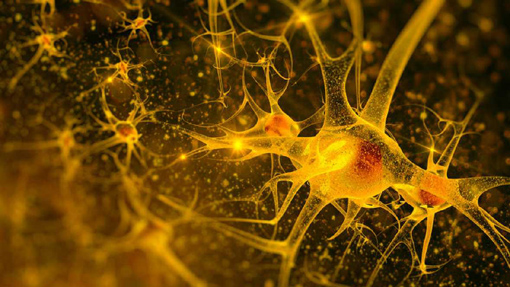
Network of POMC neurons
The work, co-directed by Marc Claret (Idibaps) and Antonio Zorzano (IRB), both members of the CIBERDEM network, reveals the connection between hypothalamic POMC neurons and the release of insulin, by the pancreas, and describes new molecular mechanisms involved in this connection.
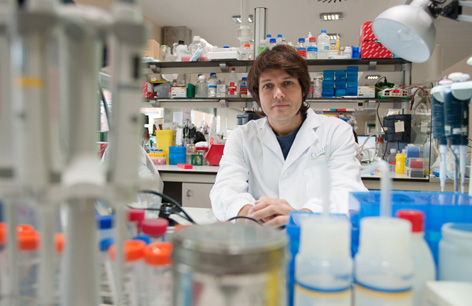
Marc Claret
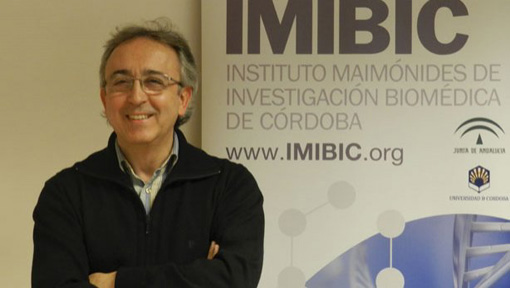
Antonio Zorzano
As Zorzano has explained, until now it was known that POMC neurons detect changes, in the availability of nutrients, but the molecular mechanisms involved are unknown, in detail.
It was also known that changes, in the shape of mitochondria, a phenomenon known as “mitochondrial dynamics”, constitute a mechanism of energy adaptation, in changing metabolic conditions, to adjust the needs of cells.
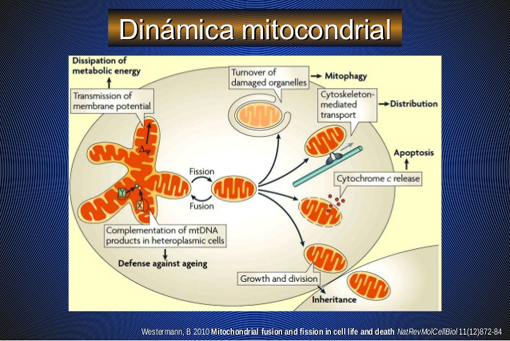
Mitochondrial dynamics
To find out if defects, in the mitochondrial dynamics of this small nucleus of neurons, could cause metabolic alterations, the researchers removed a mitochondrial dynamics protein, the mitofusin 1, from POMC neurons, in mice.

Mitofusin 1, inside a blue triangle on the left side (MFN 1)
Thus, scientists observed that these mice were altered in detecting glucose levels and adapting between the fasting state and after being fed, and they saw that these defects lead to disturbances, in glucose metabolism, caused by a lower insulin secretion.
"It was surprising to find that these neurons are not only involved in controlling intakes, but also involved in controlling the amount of insulin, secreted by beta cells, in the pancreas", Zorzano said, who is the head of the Laboratory of Complex Metabolic Diseases and Mitochondria of the IRB.
The research has allowed the researchers to observe, for the first time, that this communication, between hypothalamus and pancreas, depends on the activity of the protein mitofusina 1 and to understand some molecular details of this connection.
Marc Claret, head of the Neuronal Metabolism Control Group at Idibaps, explained that "our results also suggest pathological implications of this animal model, since a diet, rich in fats, makes these mice more susceptible to developing diabetes".
Patients with diabetes type 2, who suffer from 85% of people with diabetes, have fewer beta cells and less ability to secrete insulin, in response to glucose.
"Understanding the mechanisms, involved in regulating insulin, is important and therefore it helps us to better understand the pathophysiology of diabetes", said Claret, who acknowledged that "much research still needs to be done, to apply the findings , since we are talking about neural mechanisms of complex intervention".
Researchers from the University of Yale (USA), the University of Geneva (Switzerland), the University of Barcelona, the Paul Sabatier University in Toulouse (France), the Virgen del Rocío Hospital in Seville, the University of Santiago de Compostela, the Institute of Biomedical Research of Bellvitge, the University of Veterinary Medicine of Hungary and the Clinical Hospital of Barcelona have also collaborated in this study.
Well, I think the problem of Diabetes is a very important problem, all over the world, and any progress, in this sense, I think has much merit, by the researchers. That is why I encourage all researchers to continue to study each disease.
I hope that you have liked this article, such as I have.
Until my next post, kind regards,
Luis.
Sponsored by Costaluz Lawyers.
Please click below:

 0
Like
Published at 10:19 AM Comments (0)
0
Like
Published at 10:19 AM Comments (0)
Spam post or Abuse? Please let us know
|
|